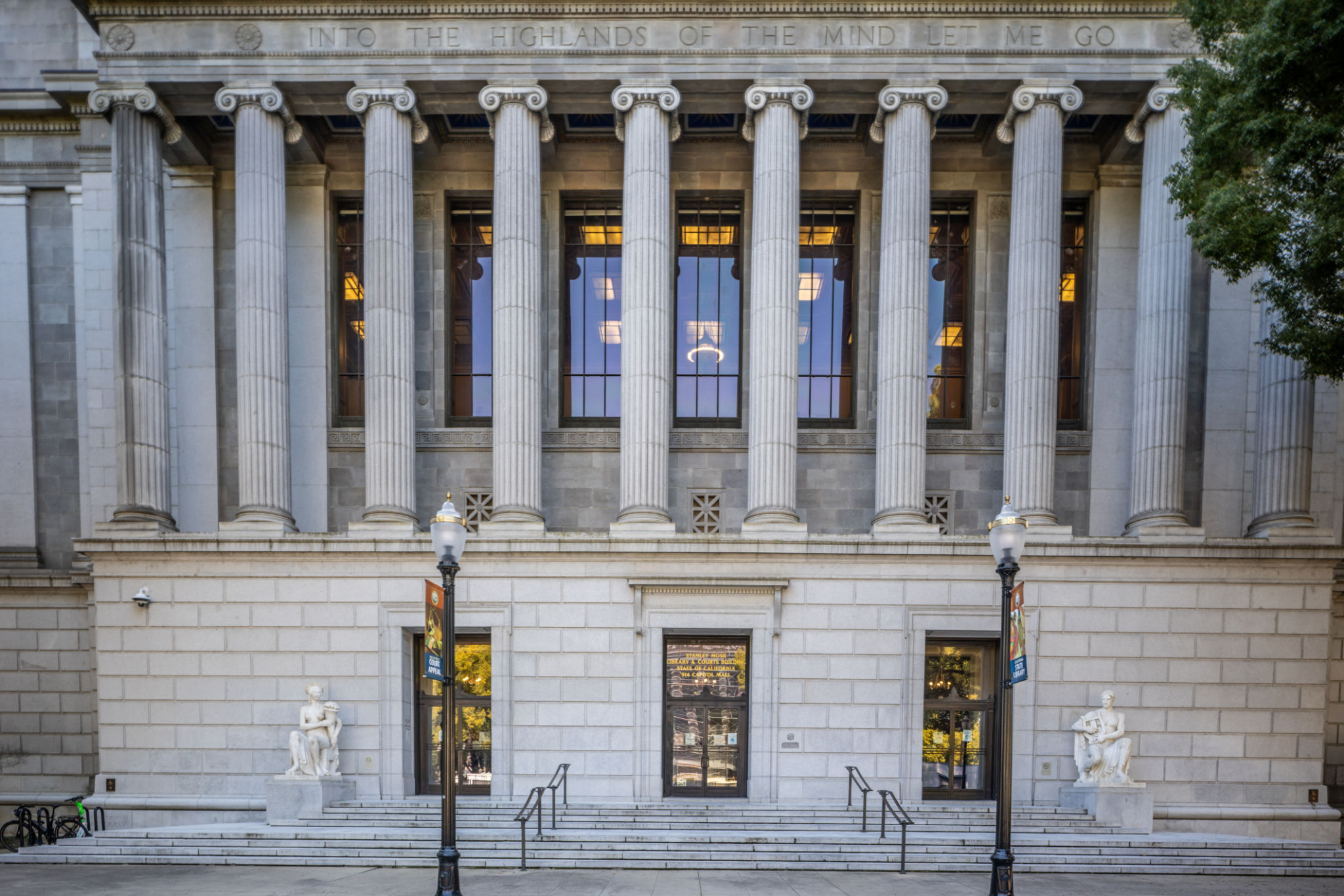Exploring Cape May's Rich History: A Journey Through Time
Discovering Cape May's Colonial Beginnings
Cape May, nestled at the southern tip of New Jersey, is a treasure trove of American history. Its roots trace back to the colonial era when it was first settled by European colonists in the early 1600s. The area was initially inhabited by the Lenape Native Americans before explorers like Cornelius Jacobsen Mey charted its shores. The town's name, a homage to Mey, reflects its early Dutch influences.
The architecture from this era still stands proudly in some areas, offering a glimpse into the past with its timeless colonial design. Walking through the streets of Cape May, one can almost hear the echoes of tradesmen and settlers who once roamed these lands.

The Victorian Era: A Time of Transformation
The 19th century marked a period of transformation for Cape May as it became a bustling seaside resort. With the arrival of the railroad in the mid-1800s, Cape May blossomed into a popular destination for vacationers seeking respite from urban life. This era saw an explosion of stunning Victorian architecture, which continues to define the town's aesthetic.
The iconic Victorian houses, with their ornate facades and intricate detailing, stand as a testament to this era of prosperity and elegance. Many of these homes have been preserved, allowing visitors to step back in time and experience the grandeur of Victorian Cape May.

The Cape May Lighthouse: A Beacon Through Time
One of Cape May's most enduring landmarks is its historic lighthouse, first lit in 1859. Standing tall at 157 feet, the lighthouse has guided countless sailors safely along the treacherous waters of the Delaware Bay. Visitors can climb its 199 steps to enjoy breathtaking views of Cape May and the surrounding sea, making it a must-visit for history buffs and adventure seekers alike.

World War II and Naval Significance
During World War II, Cape May played a crucial role due to its strategic location. The town became a bustling hub for naval operations, with facilities established to protect the coast and train military personnel. The remnants of this period can still be found at places like the Cape May Point State Park, where bunkers and lookout towers serve as silent witnesses to this pivotal time in American history.
These historical sites offer a compelling narrative of how Cape May contributed to the national defense effort, providing visitors with a deeper understanding of its significance beyond being just a resort town.
Preserving History for Future Generations
Efforts to preserve Cape May's rich history are evident throughout the town. Organizations and local enthusiasts work tirelessly to maintain the architectural integrity and historical significance of its buildings and landmarks. This commitment ensures that future generations can continue to explore and appreciate Cape May's unique heritage.
Visitors are encouraged to participate in guided tours, visit museums, and engage with local historians to gain a comprehensive understanding of Cape May's storied past. By doing so, they contribute to the ongoing preservation efforts that keep this history alive.

A Journey Worth Taking
Exploring Cape May's rich history is a journey that offers more than just a glimpse into the past; it provides a deeper connection to the stories that have shaped this charming seaside town. Whether you're drawn by its colonial roots or its Victorian splendor, Cape May invites you to discover its vibrant history at every turn.
As you wander through its streets, visit its landmarks, and engage with its community, you'll find that Cape May's history is not just preserved in its buildings but is also alive in the spirit of those who call it home.